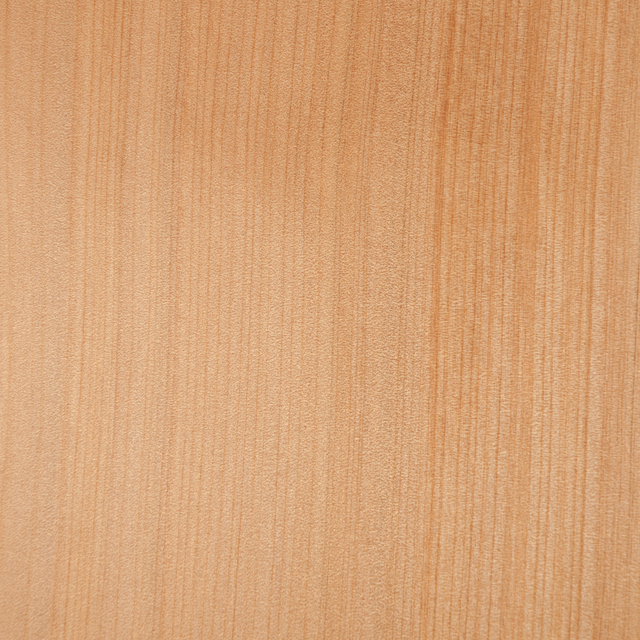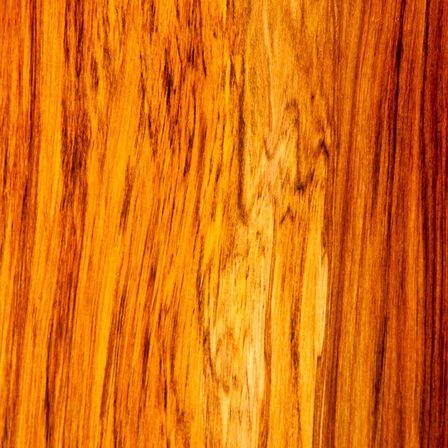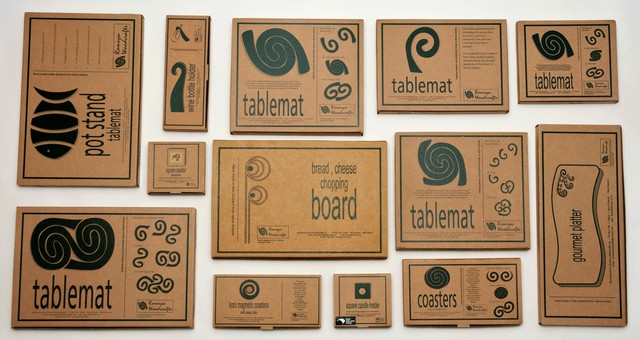Ideal gifts for any occasion
About our Materials
Timber

Kauri is the largest and most renowned of all the native timber trees.
Kauri timber is a light honey colour, with a distinctive silvery speckled lustre.
Northland is one of the places where ancient kauri can be found. Up to 50,000 years ago, thousands of hectares of kauri forest were flattened, possibly in storms. The trunks of the giant trees have been preserved in peat land, and are now excavated and milled for timber.

Rimu is one of the most popular of our native timbers. The heartwood timber varies in colour from a dark reddish to yellowish brown, with irregular streaks.
Rimu is a common species in New Zealand. It grows in nearly every major indigenous forested area, where it is often the most dominant or co-dominant species, with the exception of beech forests.
Sustainability of supply
All New Zealand indigenous timbers are now sourced from privately owned forests.
These forests are required to be managed to exacting standards under detailed long-term sustainable management plans.
Every forest managed for timber on a sustainable basis has its own individual Ministry of Agriculture and Forestry approved Sustainable Forest Management (SFM) Plan or SFM Permit.
Paua Shell
Pāua is the Maori name given to three species of large edible sea snails, known in the United States and Australia as abalone, and in the United Kingdom as ormer shells.
New Zealand Paua shell is the most colourful of the worlds abalone shells. Its iridescent nacre features deep blue and green hues with flashes of pink and purple.
Unique to New Zealand, pāua shells are harvested from rocky coastlines, sought after primarily for the delicious meat, it is one of the most sustainably managed wild abalone fisheries in the world.
Packaging

All our products come individually boxed in cardboard boxes, we do not use any plastics in our packaging.
Product Care
Our products can be washed in warm soapy water, re-oil with any vegetable oil, olive oil is fine to use. If badly marked rub gently along the grain with fine sandpaper then oil.


